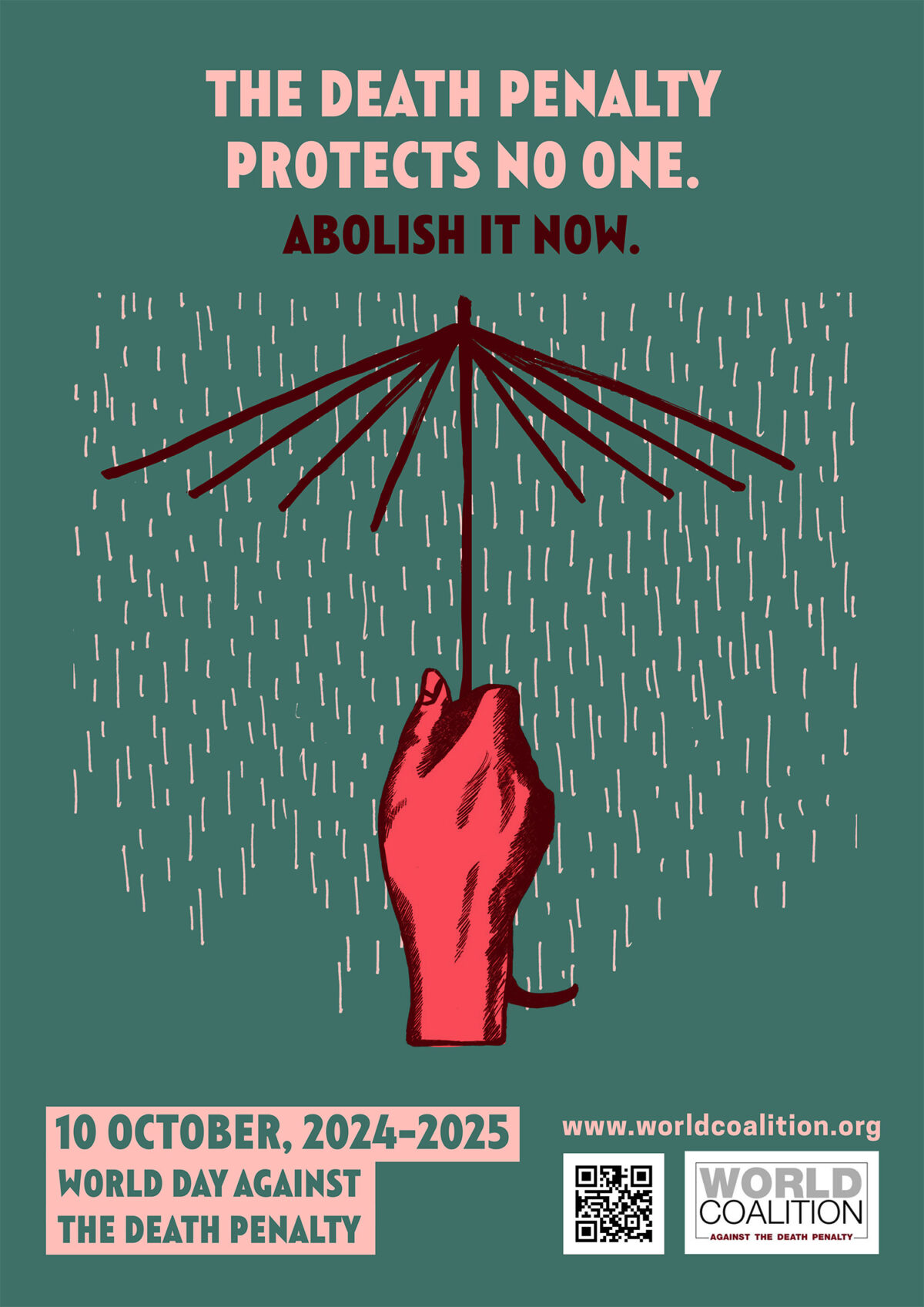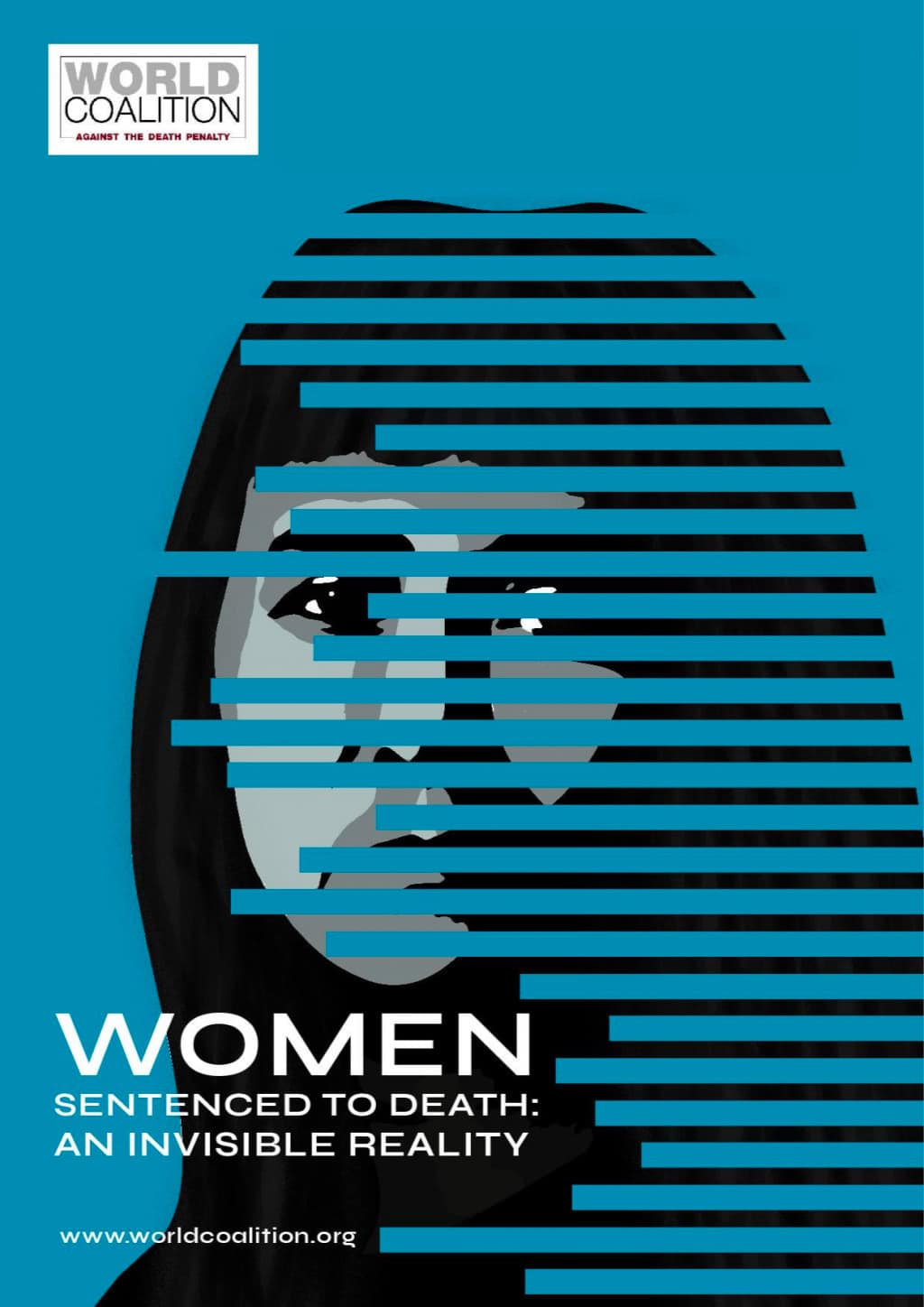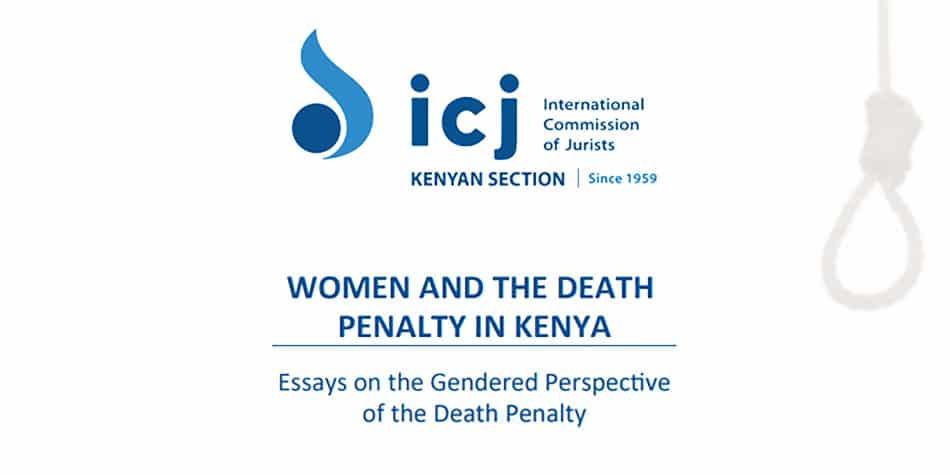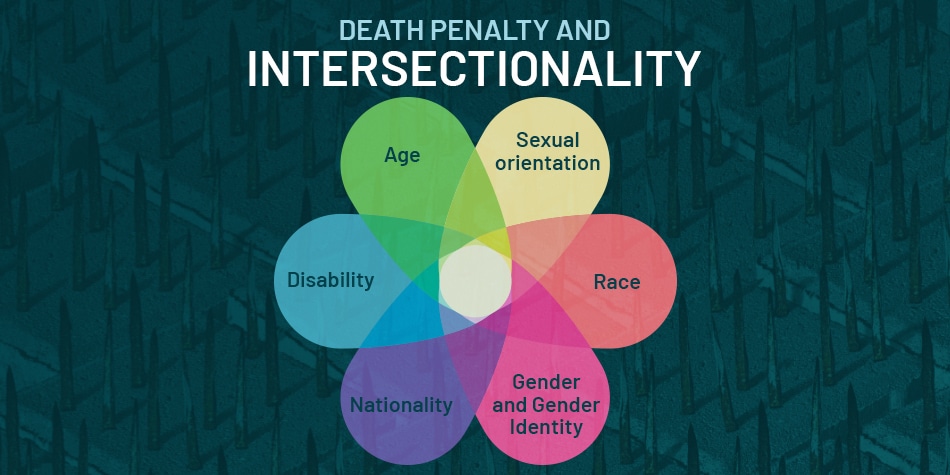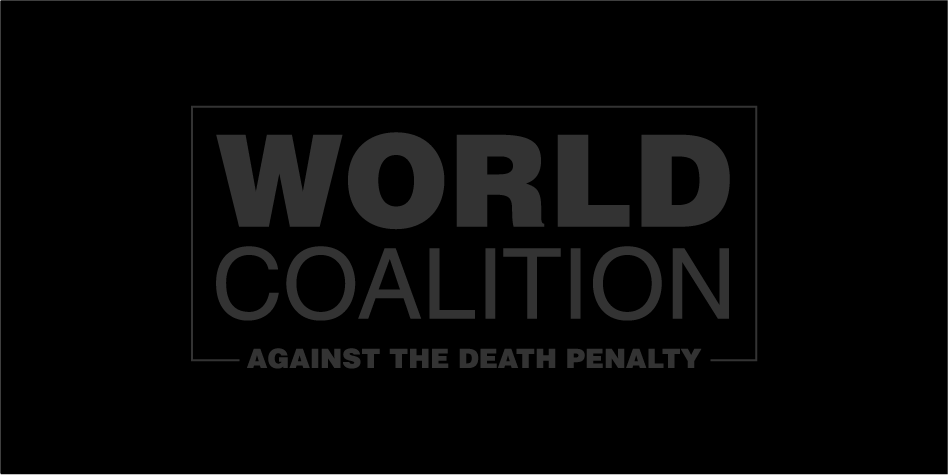
Reflecting on the links between the death penalty and gender-based violence
International standards
On 25 November 2022, International Day for the Elimination of Violence against Women, the World Coalition Against the Death Penalty, through the testimony of representatives of abolitionist member and partner organizations, wishes to raise awareness of the links between the death penalty and violence against women and gender minorities and call out the unjust and inhumane nature of the death penalty.
On the occasion of the 8th World Congress against the Death Penalty held in Berlin from 15 to 18 November 2022, we spoke with Connie Numbi of the Foundation for Human Rights Initiative (FHRI Uganda), Elsy Sainna of the International Commission of Jurists (ICJ Kenya Section) and Nandana Manatunga of the Human Rights Office of Kandy (Sri Lanka) to reflect on the links between gender-based violence and the death penalty based on their experiences.
The result is clear: although the subject of women and gender minorities sentenced to death has long been invisibilized, today, due to a extensive research, we can affirm that gender-based violence is a constitutive element of the profiles of women sentenced to death and of the circumstances leading to the crimes, particularly in the context of the murder of family members attributed to gender-based violence. Moreover, gender-based violence is also widely found on death row once the sentence is passed.
Women who have experienced gender-based violence are over-represented in the profiles of women sentenced to death, especially for murder
Elsy Sainna from ICJ Kenya explains that in Kenya, where approximately 22 women are currently on death row (data from Kenya prisons), a large proportion have been convicted for the crime of murder in a context of gender-based violence. Elsy mentions the case of many women, most of them victims of domestic violence, facing intimate partner violence who tend to commit murder in the process of self-defense. Connie Numbi from FHRI makes the same observation. As of November 2022, 3 women are currently on death row in Uganda, their stories and that of all those who have been on death row also reveal this intrinsic link. The case of Kenya and Uganda illustrates a broader global trend in the motives for crimes committed by women sentenced to death. As research from the Cornell Center on the Death Penalty Worldwide highlights, the primary motive for women’s death sentences is the crime of murder, often linked to gender-based violence. Connie mentions for example the case of a woman who was sentenced to death for killing her husband who had sexually assaulted her because she refused to have sex with him. This woman remained silent for more than 15 years, never revealing any information about the context of self-defense of the crime she committed. When asked why she did not speak out, she replied that “when a woman commits a crime like this, you are called a liar. If I had spoken out, it would have backfired, so I stayed silent”. The case of this woman highlights gender bias that women face when they are sentenced to death for not fitting the gender stereotypes. Here, perceived as a “bad woman”, “a violent woman”, for killing her husband, her story was not audible.
As Elsy and Connie remind us, most of the time, courts do not routinely consider abuse, gender-based violence, and trauma as mitigating factors in sentencing. The 2018 report from the Cornell Center on the Death Penalty Worldwide, for example, highlights the failure of some courts to consider these issues, even when lawyers gather such evidence during the hearing. Despite this, some progress can be noted in the consideration of gender-based violence as a factor in the mitigation of sentences. Elsy thus refers to the case of State v Truphena Ndonga Aswani [2021], where on appeal, the domestic violence history of the woman sentenced to death for the murder of her abusive husband was taken into account and contributed to the reduction of her sentence. The court sentenced her to serve a non-custodial sentence of one day imprisonment. This decision was lauded as it considered the physiological and emotional status of the accused that led to the commission of the offense. This is an isolated case however it portrays the importance of considering mitigating circumstances by judicial officers before passing a sentence.
In prisons, the specific needs of women and gender minorities are not taken into account and they are still too often exposed to gender-based violence
The link between gender-based violence and the death penalty does not end at trial, but continues once the sentence is passed on death row.
Nandana Manatunga explains for example that in Sri Lanka, where, according to the Human Rights Office in Kandy, 12 women are on death row, the prison staff is gender mixed. This situation exposes women on death row to ongoing risks of gender-based violence. It tells the case of women exposed to sexist and sexual violence perpetrated by male prison staff: abusive searches, physical and psychological violence, rapes etc. In addition, Nandana highlights the inhumane conditions of detention. Women prisoners live in tiny cells, are given very thin mats to sleep on, have no access to hygiene products or any kind of occupation, temperatures in unventilated rooms reach dangerously high levels, visits are limited to one per year, etc.
Then, it seems important to remember that sexual and gender minorities sentenced to death are particularly vulnerable to the violation of their rights in prisons where they are exposed to abusive searches, abusive isolation, arbitrary sanctions, etc.
Solutions for addressing the intersectional discrimination faced by women and gender minorities sentenced to death
To address the intersectional discrimination faced by people sentenced to death, especially women and sexual and gender minorities, Connie and Elsy emphasize the importance of providing training to judicial actors, including lawyers, judges, and police, on how to address gender-based violence and intersectional discrimination. We can also mention the need for states to adopt gender-sensitive policies, aligning with the Bangkok and Mandela Rules, regarding the detention of women, in order to guarantee their safety and security before trial, during their admission to prison and during their imprisonment.
Connie also highlights the key role of the media: “Once you tell their stories, people listen to their voices,”. Through the stories of women on death row, there is a real opportunity to change the public opinion about the unjust and inhumane nature of the use of the death penalty.
Finally, the work of civil society organizations is needed at all levels to ensure that these issues are systematically taken into account in the abolitionist struggle. In Berlin, the Gender Working Group of the World Coalition Against the Death Penalty, which brings together member organizations with an interest and/or expertise in gender and whose objective is to support the consideration of these issues in the abolitionist movement, met for the first time. As Elsy reminds us, this working group is a decisive step for the abolitionist struggle and promises concrete progress in the years to come.


